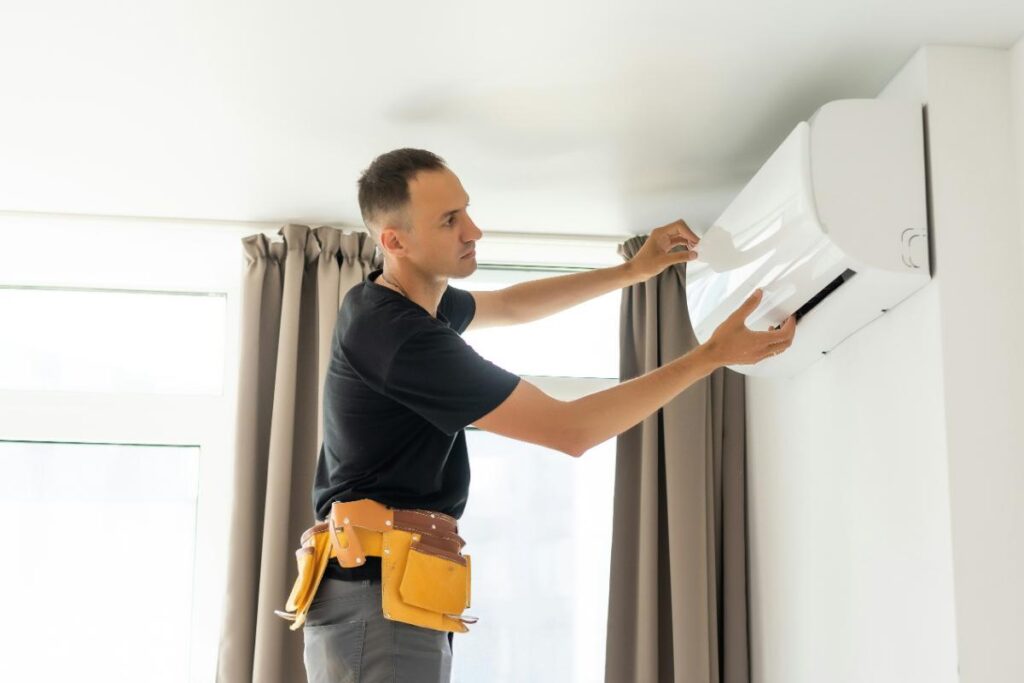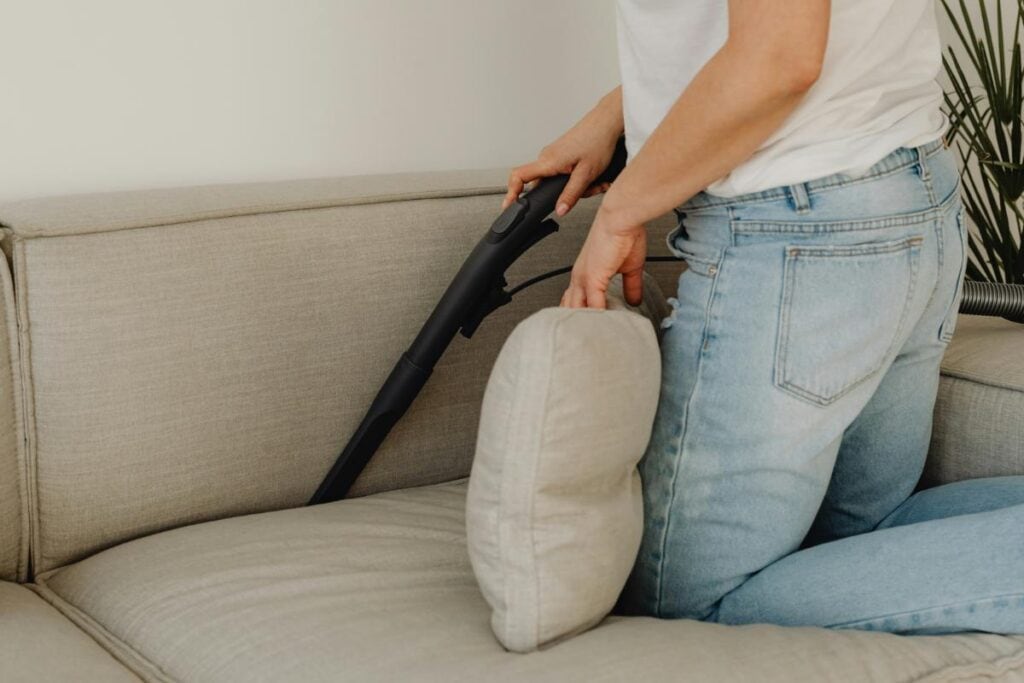
Many people spend the vast majority of their time indoors, making the quality of indoor air a key factor in overall well-being. Poor IAQ can result in allergy flare-ups, respiratory issues, fatigue, and discomfort. With the right strategies and expert assistance from a trustworthy HVAC company, you can transform your home’s air into a cleaner, healthier environment for everyone.
Taking steps to monitor and improve your air quality provides both immediate and long-term benefits. Even small changes—such as enhanced ventilation or switching to natural cleaning products—can make a noticeable difference in how you feel each day.
Many environmental factors, from outdoor air pollution to indoor activities, can contribute to unhealthy indoor air. Simple daily habits, combined with routine care of your heating and cooling systems, help keep these issues under control for a safer, more comfortable home.
These tips, grounded in recommendations from trusted organizations, offer practical actions for reducing pollutants, improving comfort, and minimizing health risks at home.
Regular Ventilation
Introducing a steady flow of fresh air is fundamental for managing IAQ. Open windows and doors for at least 15–30 minutes each day to flush out stale air and circulate fresh outdoor air throughout your living spaces. This simple practice can quickly reduce the concentrations of indoor contaminants, such as dust, chemicals, and odors. For those living near traffic or industrial zones, mechanical ventilation systems and air exchangers offer reliable alternatives to help keep indoor air fresh without introducing outdoor irritants.

Use High-Quality Air Filters
The air filter in your HVAC system acts as the first line of defense against airborne particles. Filters rated as HEPA (High-Efficiency Particulate Air) are particularly effective at capturing tiny allergens, such as pollen, pet dander, and smoke. To ensure your filter performs well, replace it every 6 to 12 months or as recommended by the manufacturer. Avoid filters with ionizers or UV features, as these may generate harmful ozone. Investing in a high-quality filter leads to cleaner air and reduced wear on your HVAC equipment, supporting better health and extending the system’s lifespan.
Maintain Optimal Humidity Levels
Controlling indoor humidity is essential to stop the growth of mold, bacteria, and dust mites. Experts recommend keeping levels between 30% and 50%. You can use a basic hygrometer to monitor moisture. In areas prone to dampness—such as basements, bathrooms, and kitchens—portable or whole-home dehumidifiers help regulate humidity levels. Regularly venting during showers or cooking and promptly fixing leaks are essential for maintaining a healthier indoor environment.

Regular Cleaning
Dust, allergens, and pet hair quickly build up on furniture, carpets, and shelves. Frequent cleaning with a vacuum equipped with a HEPA filter can dramatically reduce these contaminants. Weekly dusting with a damp cloth helps prevent particles from becoming airborne, and laundering bedding in hot water helps remove accumulated dust mites. Don’t overlook less obvious areas, such as ceiling fans, vent covers, and curtain rods—these often harbor hidden dust reservoirs.
Avoid Synthetic Fragrances and Harsh Chemicals
Many common household cleaners and air fresheners release volatile organic compounds (VOCs), substances linked to headaches, allergies, and even long-term health risks. Choose natural alternatives such as vinegar, lemon juice, and baking soda. Seek out fragrance-free or naturally scented products to avoid exposure to hidden chemicals. The Washington Post’s guide to green cleaning offers practical tips and recipes for safe and effective cleaning solutions.

Incorporate Indoor Plants
Bringing greenery into your home does more than improve aesthetics—certain indoor plants help reduce levels of common air toxins. Varieties like peace lily, bamboo palm, and English ivy can absorb formaldehyde, benzene, and other pollutants. However, be sure to water plants appropriately, as excess moisture can encourage mold growth and negatively impact air quality.
Monitor and Control Combustion Pollutants
Appliances that rely on burning fuel—such as gas stoves, furnaces, and fireplaces—can emit carbon monoxide, nitrogen dioxide, and particulate matter that are harmful to respiratory health. Have these appliances professionally serviced and vented outdoors. Always use exhaust fans while cooking, and install carbon monoxide detectors on every floor to provide early warning of dangerous build-ups. Burning candles or wood indoors should be minimized or avoided, as these activities also introduce fine particles.
Use Air Purifiers
Air purifiers equipped with true HEPA filters provide an added layer of protection, especially in rooms exposed to pets, smokers, or high traffic. Place purifiers in bedrooms, living rooms, or other high-use areas, ensuring the model matches the room size for best performance. For allergy sufferers or those with respiratory conditions, an air purifier can make an immediate difference in comfort and symptom control.
Enhancing your home’s air quality is a worthwhile investment in your health and comfort. Regular attention to ventilation, cleaning, humidity, and chemical use provides a solid foundation for a safer, healthier living space. For tailored guidance on optimizing your entire HVAC system or addressing complex concerns that go beyond the basics, working with a trustworthy HVAC company ensures you receive reliable solutions customized to your specific needs. By staying proactive and informed, you’ll enjoy fresh, healthy air at home all year round.
